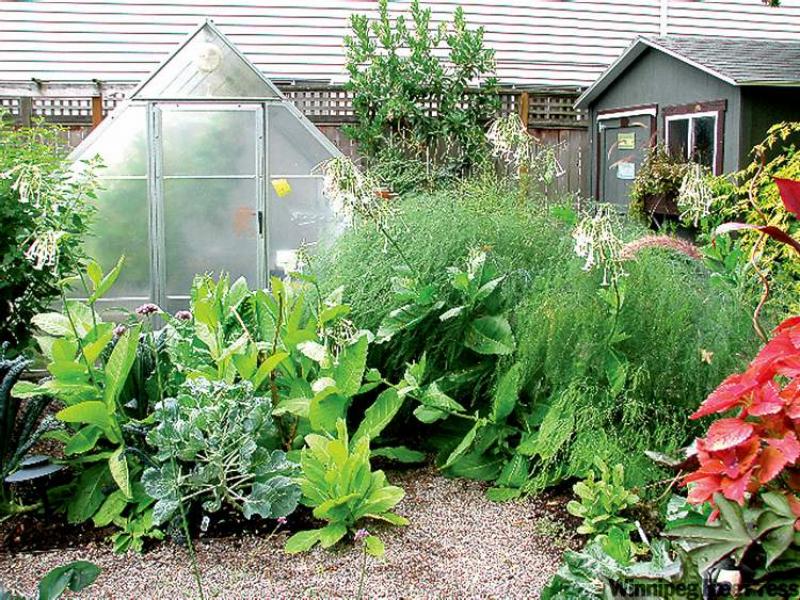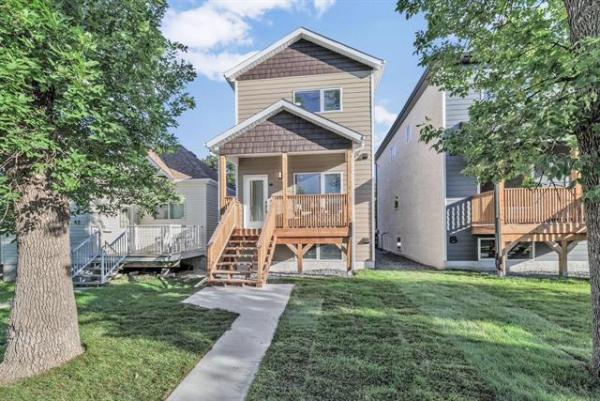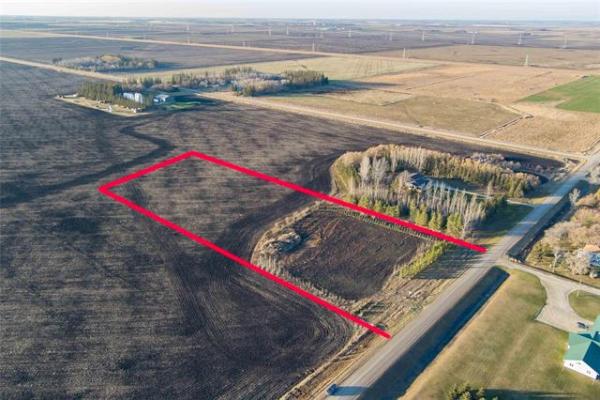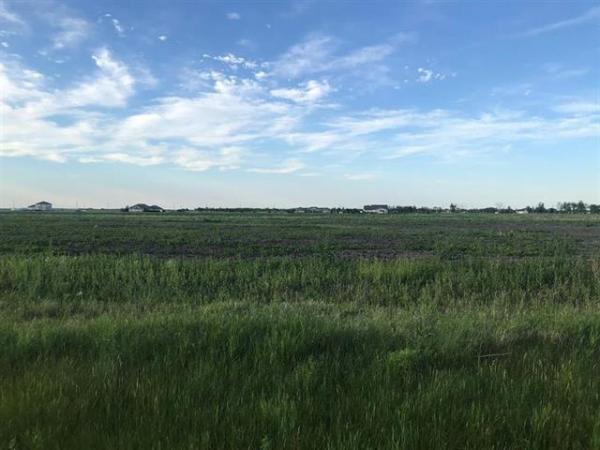Donna Balzer and Steven Biggs's book No Guff Vegetable Gardening (No Guff Press, 2011) hit bookstores last month, but they're offering excerpts to get you started.
Donna says: I get a charge out of the garden-centre bags of "topsoil," which usually do not contain any topsoil, and are often soil-less growing media and will not replace topsoil if you're trying to fill a new raised bed.
Steven says: When starting a new garden, many people think it's necessary to buy "good" soil. Buying new soil every time the soil gets hard is like buying a new car every time yours runs out of gas.
Top 3 sensible garden-making tips
1. Measure and mark the garden first.
2. Dig out turf with a flat spade or smother it prior to planting.
3. A garden does not need to be raised.
Sodbusting
The first step to making your vegetable garden is sodbusting.
There are no two ways about it: Removing or smothering the lawn (or other vegetation) to make your vegetable garden takes a bit of work.
Cover the lawn with a removable covering such as a tarp for four or more weeks, which kills the lawn by blocking sunlight.
Alternatively, cover it with a biodegradable covering such as newspaper or cardboard topped with layers of finished compost, lawn clippings and leaves. Finish with a layer of garden soil on top of the organic materials.
The effect of this layering is to smother the underlying grass -- but unlike the tarp technique, this method also builds the soil.
We believe composting is the ticket to good garden soil. Making a new garden can be an opportunity for both composting and incorporating compost.
If you decide to try the above approach, just skip the next section and never lift sod again.
Using a flathead spade
If you're in a hurry for root vegetables -- or simply enjoy digging -- you'll have to apply a bit of brawn and use a spade, unless you plan to rent a gas-powered sod-stripper to remove vegetation.
If you don't have a flathead spade, now is a good time to get one. Holding the spade upright, push it down with your foot so that it cuts into the lawn.
Now use the spade to cut an outline of your garden bed into the lawn. Then, within the area of the bed, make long cuts the width of the spade, so you have a series of parallel lines giving a series of rows of turf roughly the width of your spade.
Now comes the rewarding part: Get the spade under the edge of one of these rows and hold it nearly horizontal, so that you can use it to chop at the roots of the grass.
Leave as little soil on the turf as you practically can. When you get the knack of this, you'll be able to chop and roll back your turf like a roll of sod. Of course, the gas-powered sod-stripper does this work in a matter of minutes, but it does make a huge noise, contributes to pollution and has to be picked up and returned to the rental shop.
Keep the turf. Pile it, root-side up, and leave it to decompose for the season. It will turn into a fertile soil you can add back to your garden next year.
Working newly cleared soil
Once you have removed all of the grass, use a garden spade or fork to cultivate the newly cleared soil, turning it 15 to 20 centimetres deep.
As you dig, break up clumps. A fork is particularly useful on heavy clay ground that sticks together as it is turned.
A garden rake can be used once the ground is tilled to level it and rake out roots and twigs.
Types of vegetable garden beds
Unframed bed
In its simplest form, a garden bed is cut out of the turf, and the level of the garden soil is similar to that of the nearby ground, or slightly raised once amendments are added and soil is fluffed with a fork.
This simple form is perfectly fine in many cases and works especially well where the soil drains quickly.
Basic raised bed
A raised bed provides improved drainage and, best of all, the soil warms up faster in the spring. It is especially useful where the soil is heavy or poorly drained.
Making a raised bed can entail bringing in additional soil, but doesn't have to. Copious amounts of compost and raking soil from the pathways onto the beds will achieve the same effect. Over time, the bed becomes higher with the continued addition of compost.
Raised beds don't need sides to hold the soil in place. In fact, they're easier to dig without sides. The soil might migrate a bit over the summer, but not a lot. A height of 15 to 20 cm is easily achieved without sideboards.
Steven says: I grow onions along the sloped edges of my raised beds as a way to make use of that space.
Edged raised bed
A more formal look can be achieved by edging your raised beds with brick, stone or wood. The beds can be as simple or as complicated as you wish.
Summary: Removing or covering turf allows you to jump right in with garden-making. There is no need to spend money at the hardware store for lumber or raised bed kits if you don't want to.
-- Postmedia News




